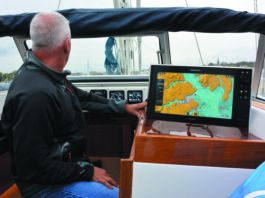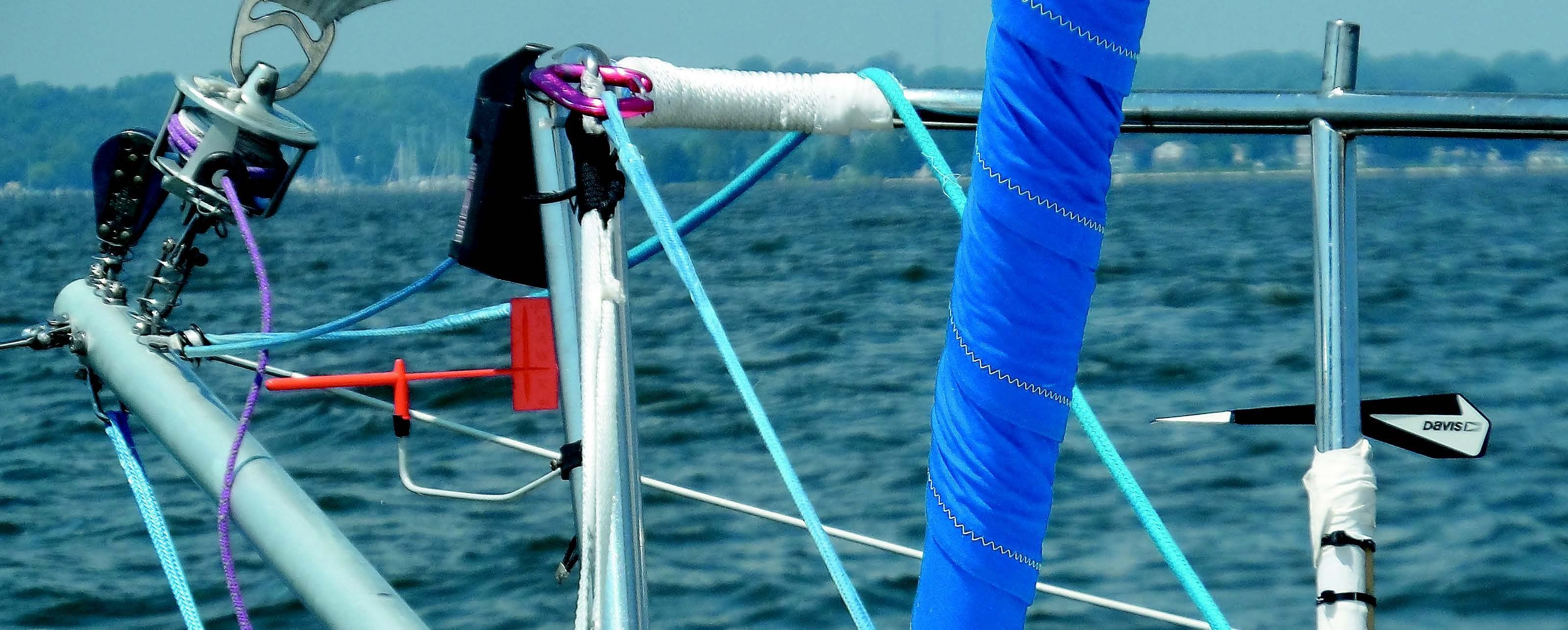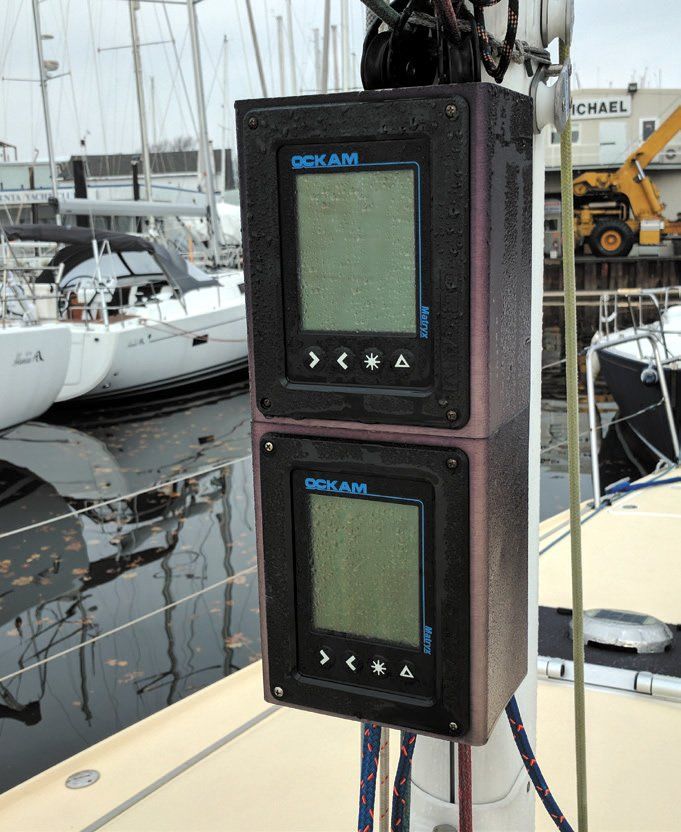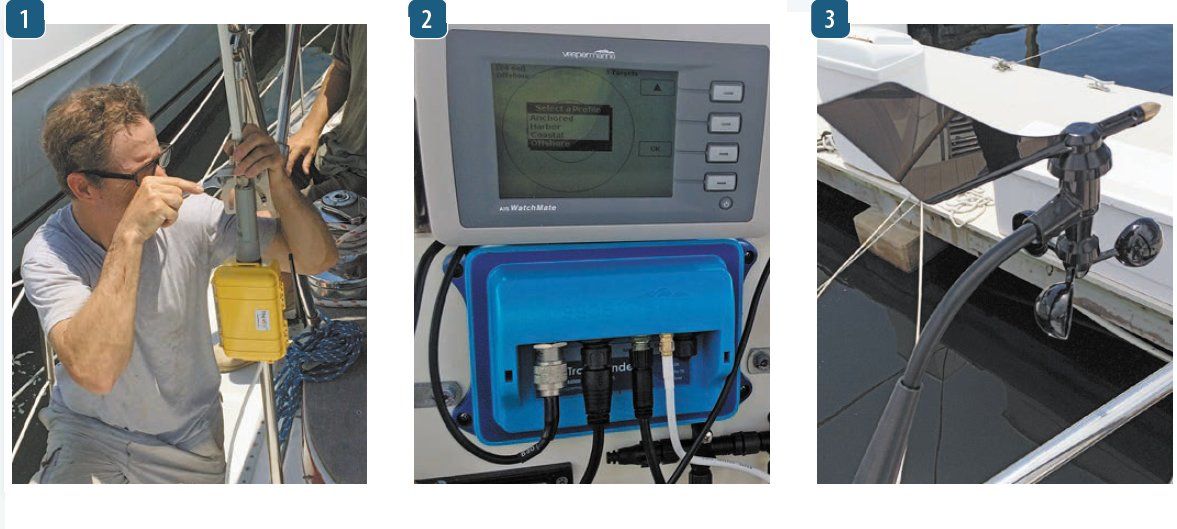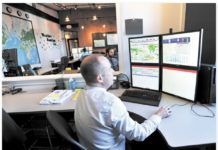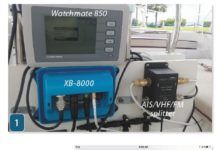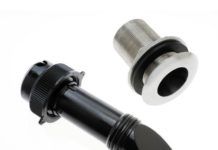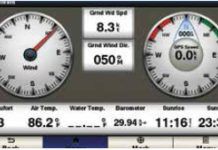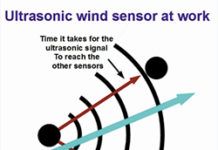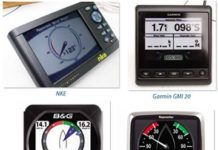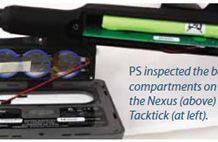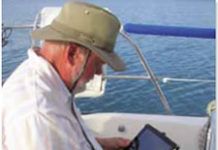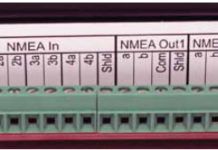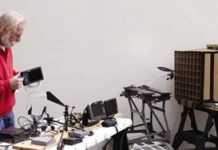Marine Weather Forecasting
Over the last few decades, theres been exponential growth in the availability of accurate weather forecasts and the net result is safer voyaging. Government spending on weather data gathering and forecast development has soared. Satellites and data buoys have filled in some of the oceanic gaps caused by an absence of weather balloon sampling at sea. State of the art, algorithm-driven, model data and ensemble-based forecasting have turned electronic guesswork into a better understanding of atmospheric volatility. The net result is an increase in the validity and reliability of marine forecasts and a trend that has stretched 24-hour forecast accuracy into 48- and 96-hour time frames. So, if anything deserves the label don't leave homeport without it, it is todays, better than ever, marine weather forecast.
Vesper Class B AIS Sea Trial
During a recent passage from Sarasota, Fla., to Havana, Cuba, Practical Sailor had the chance to compare the new Vesper XB-8000 Class B AIS transponder with its predecessor, the Vesper Watchmate 850, a stand-alone Class B AIS transceiver that earned our Best Choice pick back in 2013.
Sonar that Sees Whats Ahead
Most depthfinders are historical instruments. They collect and display information from the recent past-not the best arrangement for the sailor. By the time the sounder indicates a shoal, its already beneath you. But this is changing rapidly.
Ultrasonic Wind Sensor Test
Beginning in March 2014 with a review of wind sensors, Practical Sailor embarked on a series of articles on wind instruments. The series kicked off with a look at mechanical, mast-mounted sensors (see PS March 2014 online); Part II compared the various ways that wind data is computed and displayed (see PS May 2014 online); and Part III sought to find the ideal system, matching sensors and displays from different brands (see PS August 2014 online). The ink had hardly dried after the first round of testing, when readers began asking about ultrasonic wind sensors, which appear to offer a number of advantages over conventional mechanical sensors and their revolving-cup sensors.
How Do Ultrasonic Wind Sensors Work?
Youre standing on the sailboats bow on a windy day, facing the helm and yelling There is a rock ahead. Youre doing this while youre turning forward to look again. What the helmsman hears is There is a.....
Reading the Wind Series, Part 3
Whether youre contending with the violence of an abroholos or the gentle puff of a zephyr, it helps to have an idea of wind intensity. For the last several months, testers have been closely examining the tools sailors use to measure and display wind information. This article wraps up our review of mechanical vane sensors and displays, focusing specifically on choosing the best combination to meet your needs. Future reports will look at ultrasonic wind sensors, which have no moving parts, and a build-it-yourself wind sensor that uses an Arduino open-source electronics platform.
Wired vs Wireless
To wire, or not to wire? This is a good question, and there are certainly some pluses and minus to consider. For sailors with wiring-unfriendly masts, the wireless approach is a good one. These include wooden spars, ones with conduits that are already full with other wiring, and masts that are regularly unstepped. The downside of going wireless is that the batteries will need to be changed on occasion, and in some cases, signal interference is possible.
Wireless Multiplexers
Before we plunge headfirst (again) into the world of multiplexers with this test report, heres a quick review of what exactly were talking about. If you have older instruments or a GPS networked to send information to other devices (a multi-function display, laptop, etc.), the information is likely in NMEA 0183 format and is sent in sentences in a set order. For example, the NMEA sentence $GPAAM,A,A,0.10,N,WPTNME*32 is an arrival alarm sentence sent by a GPS to various networked devices upon arrival at a waypoint.
A NMEA 2000-and Beyond-Survival Guide
NMEA 2000 (aka NMEA 2K or N2K) is the communication standard replacing NMEA 0183. It is a technical standard (IEC 61162-3) used for connecting marine sensors and display units within a boat. The major differences from NMEA 0183: NMEA 2K operates at 250 kilobits-per-second, about 100 times faster than the 4,800 baud of NMEA 0183.
Wind Systems Part 2: Data Display and User Interface
Its dusk on an overcast, gusty day, and raw data is pouring into your wind display from the masthead, GPS, and the knotlog. Can you clearly see the information on the display, and more importantly, is it meaningful? Can your gloved fingers push the buttons? Can you easily change the way wind data is collected, processed, and displayed so that it best reflects the conditions? These are among the things testers examined for this report, Part 2 of our wind-sensor evaluation, which focused on the display and user interface. In Part 1 (PS, March 2014) we focused on accuracy and durability of the anemometer and vane sensors that feed into the displays.
































